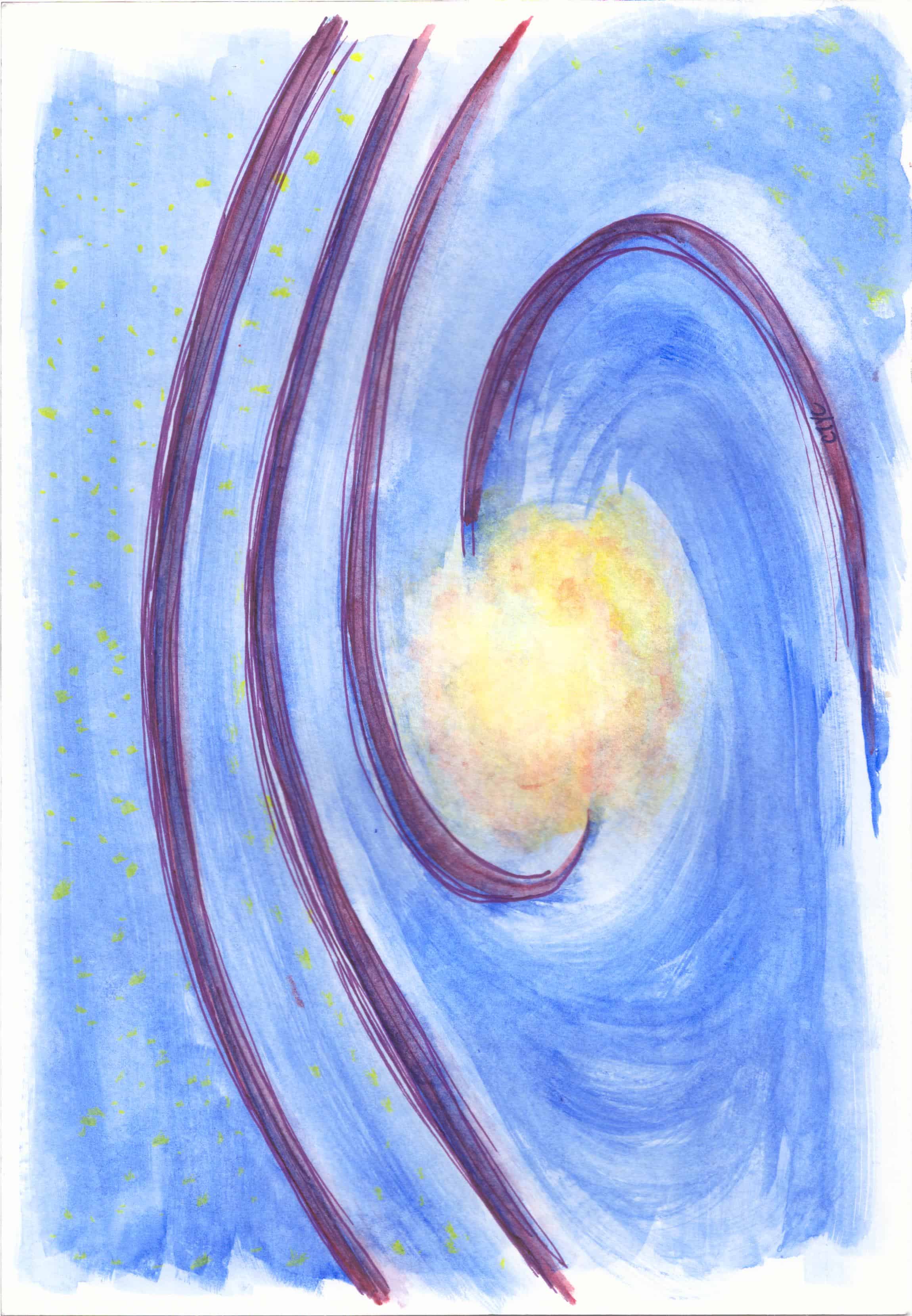The National Science Foundation announced on October 16 that, for the first time ever, scientists have detected gravitational waves resulting from the collision of two neutron stars 130 million light years away.
Astronomers detected a signal length of 100 seconds, which distinguished this event from the four other black hole collisions observed by the Laser Interferometer Gravitational-Wave Observatory (LIGO) since 2016 that generated a signal of less than one second. Since signal length correlates with the size of the bodies that collided, it was evident that a massive merger had been witnessed.
These waves reached Earth and were detected on August 17 by LIGO, an observatory created to detect cosmic gravitational waves in Louisiana and Washington State, and Virgo, an interferometer in Italy designed for the same purpose.
The collision also emitted light in the form of gamma rays that astronomers were able to see through telescopes. Because collisions between black holes do not normally emit light, this confirmed that the observed event was due to a clash of two neutron stars.
At a mass of 1.1–1.6 times larger than the sun and with a diameter of only about 20 kilometres, a neutron star is so dense that one teaspoon of neutron star material would weigh roughly one billion tons.
The two stars were in-spiralling at an increasing speed in a galaxy called NGC 4993. After billions of years of this interplay, the two neutron stars met in a collision and created an explosion called a kilonova.
Such a collision produces gravitational waves — ripples in the fabric of space-time caused by violent processes that take place in the universe, such as the collision of neutron stars, or the leftovers of a star that burned all its fuel and imploded under its own weight.
Members of the LIGO collaboration at U of T’s Canadian Institute for Theoretical Astrophysics (CITA) played a crucial role in leading and implementing the analysis of the event. They had two main tasks: to search for and identify potential signals as well as to analyze the data to obtain information about the origin of the signal after the detection had been made.
“The fact that we saw it in gravitational waves and gamma rays allows us to test what the relative speed of gravity and light is,” said CITA postdoctoral fellow Dr. Carl-Johan Haster. “The theory of general relativity says that they should be the same, and they are very much the same.”
Gravitational waves were predicted by Albert Einstein in 1916. In his theory of general relativity, he sought to find out how gravity affects space and time. He expected that violent movements of giant objects would send ripples in the fabric of space-time that stretch and squeeze dimensions and travel at the speed of light.
Since collisions of black holes produce no gamma rays, it wasn’t possible until now to prove Einstein’s theory.
Haster added that using a regular telescope to view the emitted light allows astronomers to identify the source more accurately. In addition to gravitational waves and gamma rays, they observed x-ray and radio waves. This coordinated observation is called a multi-messenger signal because information is obtained from many different sources.
“People have been hoping that detections like this would lead to ‘multi-messenger’ astronomy, and this event provided a perfect proof of concept: multi-messenger astronomy is going to be a new normal,” said Dr. Aaron Zimmerman, a senior research associate at CITA. He believes that this new era of astronomy will be an influential way to learn about the universe.
Not only did the collision of neutron stars explain that the mysterious bursts of gamma rays often detected are actually a result of neutron stars colliding, it also shed light onto the origin of some rare elements. Astronomers now also understand that heavy elements like platinum and gold are products of the reactions between residue left behind from the merger of two neutron stars.


